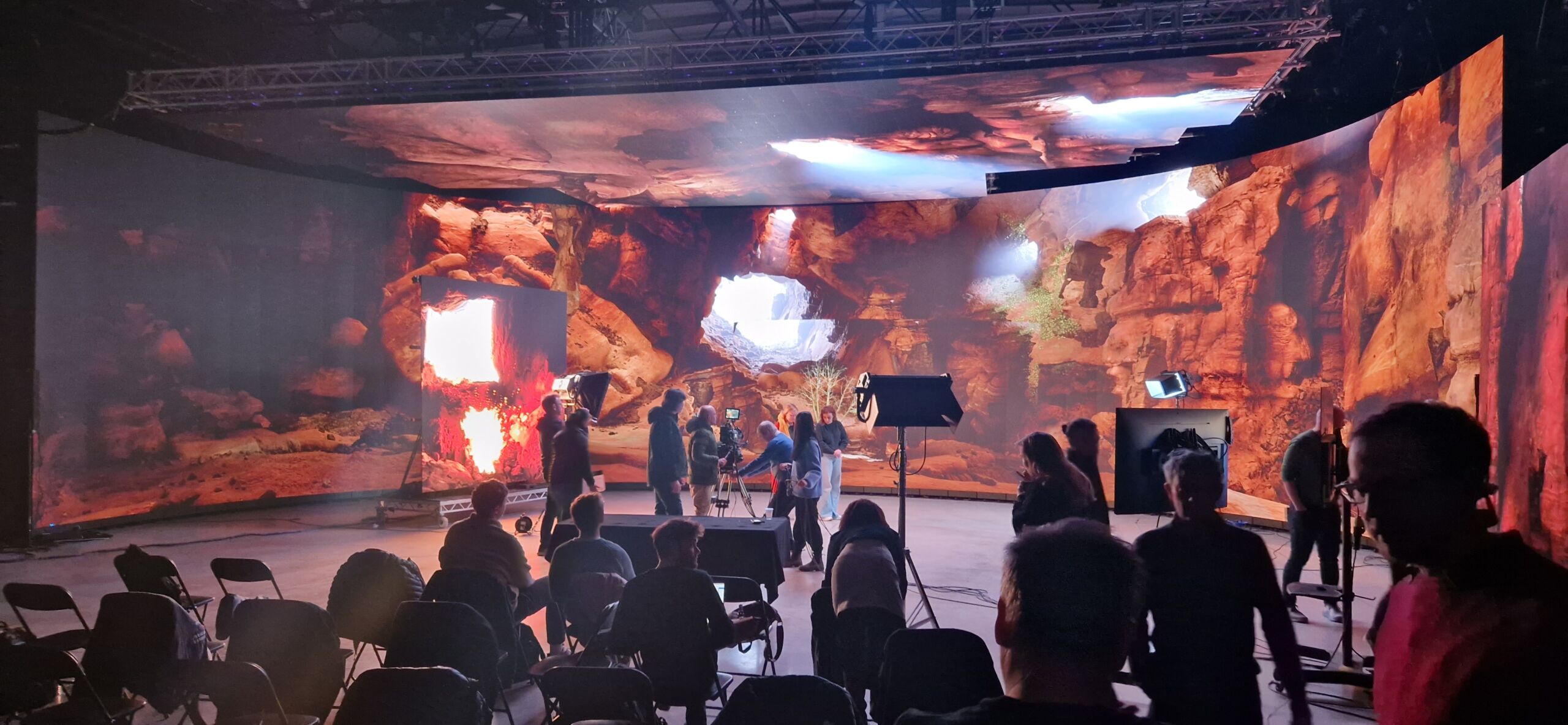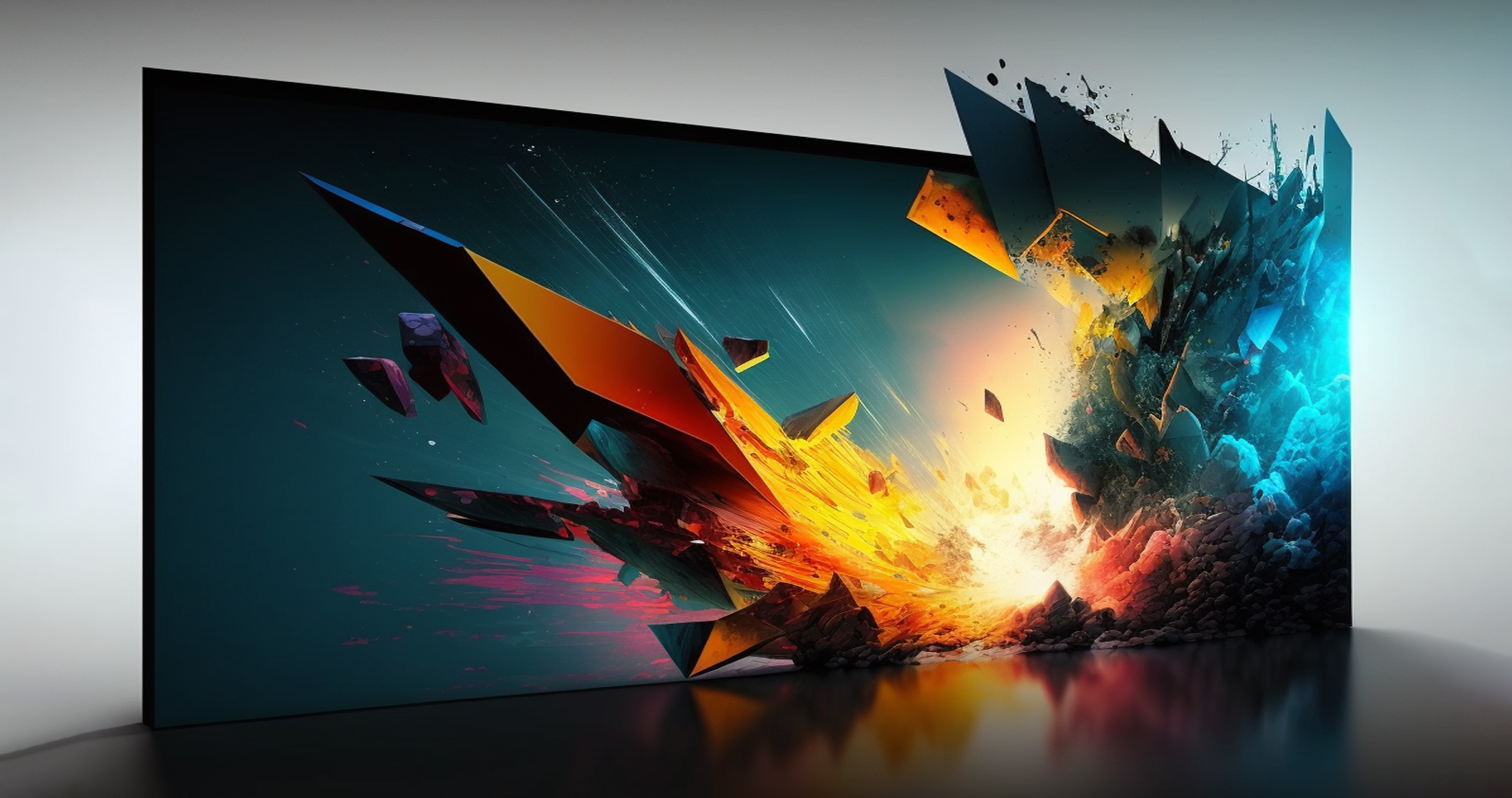Have you thought about who is using whom? We are trying to familiarize ourselves with AI capabilities, while it is just as eager to understand us. We have not yet moved past the phase of foolish fascination and a mix of excitement and fear as we stand amidst the AI wave. Things are happening so fast that I dare say few, if any, have a complete overview of everything happening on the AI front. And what about the ethics of what we create with these tools?
The steam locomotive was, in its time, a fantastic and impressive invention that went from being something from the future to becoming part of daily life. Similarly, we could mention the refrigerator, the flushing toilet, the mobile phone, and Photoshop on this seemingly endless list. AI is now perceived as something mysterious and frightening to some, while others see it as a tool. AI has been with us for a while, but with ChatGPT,it almost feels like talking to a “living robot” – and that is a big step into the future.
But as soon as we’re done creating funny avatars and testing all the party tricks we hear about, this will become a useful tool. Like the advent of computers and, eventually, the internet, it’s not something you can simply ignore. We all need to learn how to relate to these new tools and, not least, understand how they will affect us. It’s not a matter of “someone” working with AI. Everyone will work with AI in some way – whether we’re aware of it or not.
But do we need to know everything about AI?
No, that would be quite difficult, but it’s wise to keep a bit informed about what’s happening in your own field of work. You may very well find something in the new toolbox that can make your work easier and better. It’s also possible that there are AI capabilities that could affect your workday. It’s inevitable that some repetitive tasks will be automated – and it’s precisely these tasks that, sooner or later, will be automated. This has been the case since the Industrial Revolution started – and it will likely be the same with AI.
How should we get to know it?
We are currently testing the use of AI on several ongoing projects. So far, our experience is that it’s not one, but several AI tools in combination that provide the solution for us. The tools have different strengths and weaknesses. By knowing these, they help with different shortcuts.
As an example, we are working on a “tidsmaskin” where the user can travel back in time and meet themselves in the past. Here, we use AI, especially with the graphics, but also with code.
In the graphics part, our experience is that ChatGPT’s Consistent Character GPT and DALL-E are the best for constructing scenography and characters. The AI service Krea.ai is good at detailing and adjusting images we create that turn out a bit “smooth” or artificial, while Photoshop’s own AI service is very good at expanding or modifying graphics that are already made. Right now, the AI engine in Photoshop Beta is better than in the regular Photoshop logic.
There are many lessons to be drawn from this. Among them:
- It is entirely possible to work together as a team, within the same framework. Tip: Share experiences frequently! Especially the prompting – that is, the requests to the AI tools – is the key.
- If you want full characters from head to toe, describe the shoes of the characters.
Is it cheating or a tool?
That’s a good question. As a tool, it is incredibly useful, but here the technology precedes ethics, and this is where criticism often lies. Creating something synthetic that is presented as authentic – is that cheating? That’s why you should be generous in labeling products that are primarily created by AI. If you are open about AI being one of the tools you’ve used, the applause may not be as overwhelming, but it’s fair to say that AI has been a collaborator in the project. For AI is a good helper – and our job is to be good requesters.
This article, for example, is written by me – and edited by ChatGPT.
Good luck!







